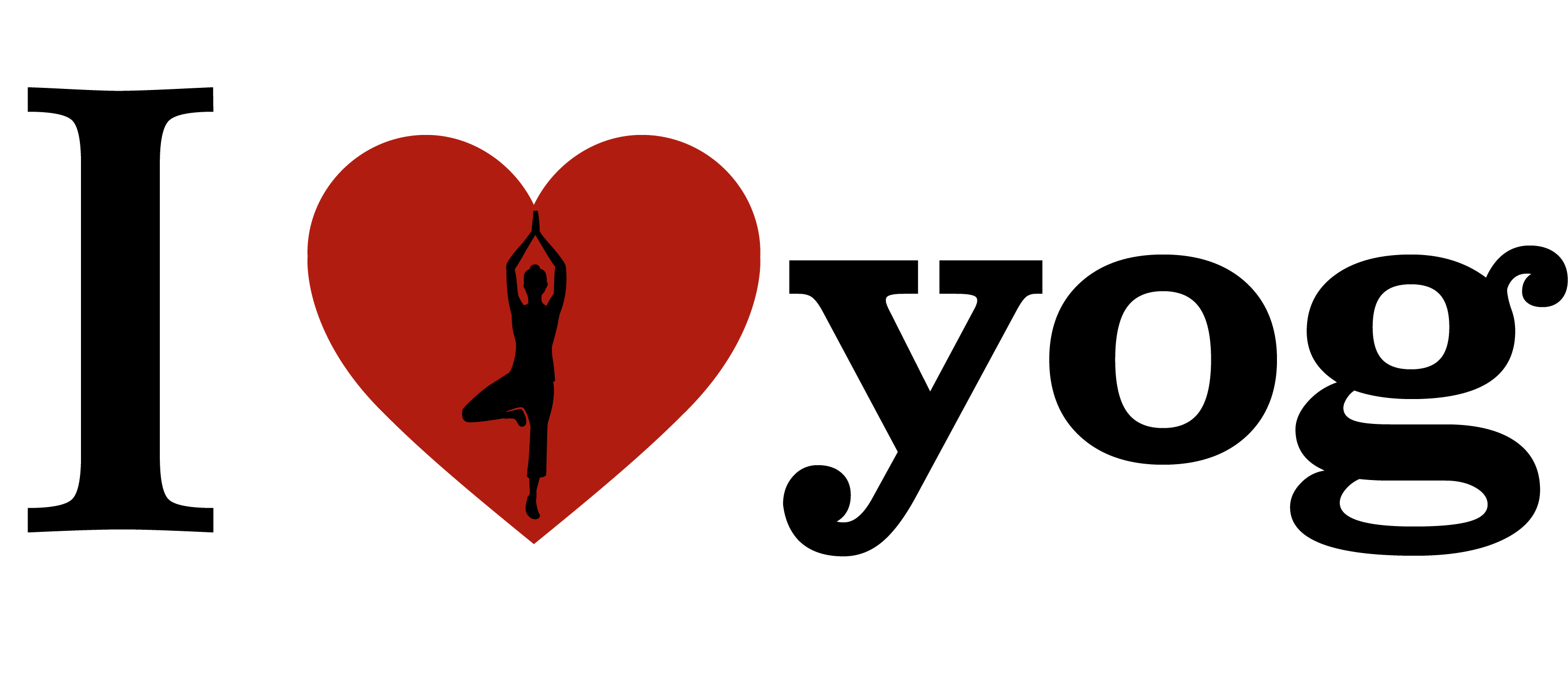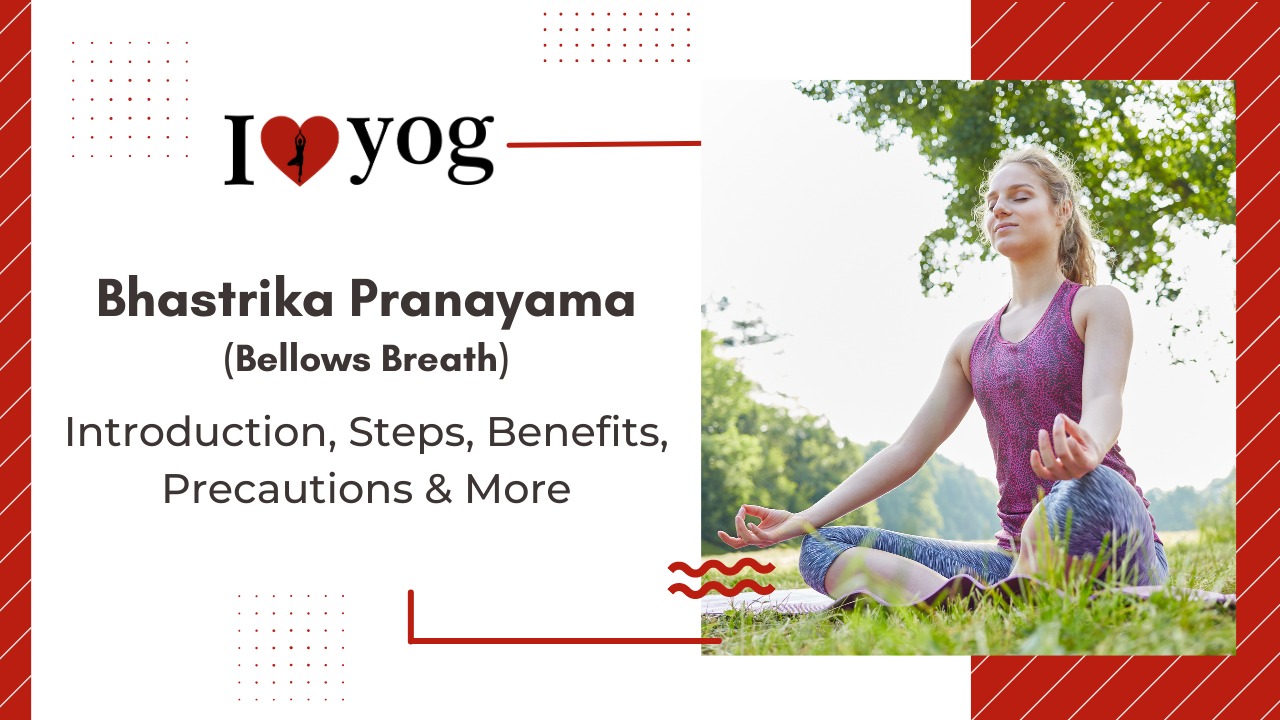Bhastrika Pranayama, also known as bellows, is a warming breathing exercise that mimics starting a fire with a steady flow of air. Bhastrika is a Sanskrit word meaning bellows and describes the active filling and emptying of the abdomen and lungs during this exercise. This exercise stokes the inner fire of mind and body and supports proper digestion on all levels. It generally balances kapha and vata, but should be practiced in moderation (and more gently) when pitta is aggravated.
How to Do Bhastrika Pranayama?
- Choose a comfortable seating position. If you can, it’s best to sit cross-legged on the floor with a pillow or blanket to comfortably elevate your hips. Alternatively, you can sit in the front of a chair and put your feet flat on the floor.
- Put your hands on your knees and consciously open your chest.
- Lengthen the spine so that your back, neck, and head are upright.
- Gently close your eyes and breathe through your nose (you will be breathing through your nostrils during this exercise).
- Begin with a few full yogic breaths, grounding the mind and gently awakening the prana maya kosha (the energetic body).
- When you are ready to practice Bhastrika, inhale as if in full yogic breath and then exhale forcefully, without effort or tension.
- As you exhale, allow the abdomen to dynamically contract, pulling the navel toward the spine as the diaphragm rises toward the lungs.
- This exhalation is immediately followed by another strong inhalation, without effort or tension.
- As you inhale, allow the abdomen to actively expand and move the navel away from the spine as the diaphragm lowers toward the pelvic floor.
- Exhale forcefully again, contract your abdomen and release the entire breath.
- Concentrate on both the in-breath and the out-breath; Your length and strength should remain the same as you practice.
- Observe the breath, the flow of prana and your dynamic movements as you count ten of those dynamic breaths.
- At the end of the tenth inhalation, hold your breath for a moment before gently releasing the breath with a long, full exhalation.
- Then breathe in deeply again and breathe out slowly.
This completes one round of Bhastrika Pranayama.
During the bhastrika, the breathing movements, the expansion and contraction of the abdomen and chest are slightly exaggerated. If it feels natural, you can gently rock your hips and spine forward with each inhale, open your front body, and then rock your hips back while your spine contracts slightly with each exhale.
During the activity, be sure to keep your body relaxed with every inhale, every exhale, and every exaggerated movement of the abdomen, chest, and spine.
Benefits of Bhastrika Pranayama
- Great for energizing body and mind.
- Balances excess Vata, Pitta (with gentle exercise) and Kapha
- Cleanses and rejuvenates the lungs
- Increases lung capacity
- Strengthens heart, bronchial tree, diaphragm and abdominal muscles
- Helps strengthen heart and lungs
- Oxygenates the blood Eases the proper removal of carbon dioxide from the blood and tissues inflames (the digestive fire)
- Tones the digestive system as a whole Cleanses and invigorates the liver, pancreas and spleen
- Relieves allergies and asthma
- Clears excess mucus from the nasal passages, sinuses and chest Nervous system
- Creates a sense of peace, calm and Concentration
- Promotes strength and vitality in mind and body
Precautions & Contraindications
- During pregnancy, Bhastrika Pranayama should be avoided.
- Beginners and people with high blood pressure need to be a bit more careful and do Bhastrika slowly.
- Avoid overdoing Bhastrika in hot summer or fever as it may further increase.
- Do not practice Bhastrika after a meal. Wait 3-4 hours.
How long should one do Bhastrika Pranayama?
Breathe in for about 4 seconds and breathe out deeply for 6 seconds. 20 breaths of Bhastrika Pranayama in one round. A total of 3 rounds of Bhastrika.
Is Bhastrika good for lungs?
Yes, of course. Bhastrika Pranayama is good for the lungs. Increases the elastic properties of the lungs and chest, improving respiratory functions
Is Bhastrika good for heart?
Under normal conditions, Bhastrika Pranayama relieves stress, so good for the heart. Hypertension and heart patients can do this under the supervision of a trained teacher
What are points to consider before practicing Bhastrika Pranayama?
Bhastrika is a more complex pranayama, thus some experience with core breathing is essential. Before practicing Bhastrika, you should be familiar with more basic pranayama such as full yogic breath. These instructions are intended to provide a safe general introduction to this practice. Of course, it’s always best to learn a new technique in person with a qualified teacher.
Tips for the beginners:
In the beginning it is important that the breath remains relatively slow, about one breath every two seconds, and that you rest between rounds of bhastrika. With practice, the abs will get stronger and you can slowly build up to five rounds consisting of ten powerful breaths, a short pause at the end of the tenth inhale, a long, slow exhale, followed by another deep inhale and a slow exhale
Frequently Asked Questions (FAQS)
What are the variations?
There are many variations of bhastrika pranayama. Breathing through one nostril at a time, enhancing the breath rate, and breath retention (kumbhaka) are some of the more advanced methods. These practices are best learned from a qualified teacher.
What measures should be taken in performing this pranayama?
Bhastrika should always be done at the beginning of your practice or pranayama and must be followed by Kapalbhati. It is beneficial when performed during the colder months, but those whose body composition is water-dominant (kapha) or those suffering from low blood pressure, depression, or anxiety can perform it in the summer and benefit. Bhastrika should never be done on a full stomach or at night. It revs up the nervous system, which could interfere with relaxing the body for sleep.
How many doshas does Bhastrika pranayama balance?
Bhastrika is a balancing technique, it helps to correct imbalances in the three doshas Vata, Pitta and Kapha.
What are the different types of this pranayama?
Based on the frequency and speed of breathing, Bhastrika can be classified into 3 types.
- Fast Bhastrika teevre gati: In fast Bhastrika pranayama, the breathing rate is extremely high and a strong hissing sound is heard. It has been shown in some advanced yoga practitioners changes in oxygen consumption during yoga practices. A systematic rapid bhastrika induces a respiratory rate of up to 232 breaths/minute (3-4 breaths per second). According to Baba Ramdev, fast bhastrika should be avoided for heart disease, hernia, high blood pressure, back pain etc. However, you can perform bhastrika at slow or medium pace.
- Medium tempo Bhastrika madhyam gati: Medium tempo Bhastrika is performed at 1 breath per second and the hissing is comparatively quiet. This type of Bhastrika is suitable for people who have been practicing Kapalbhati Pranayama for some time.
- Slow Bhastrika samanya gati: People suffering from heart problems, high blood pressure or elderly people with weak respiratory system should practice Bhastrika with 1 breath/2 seconds. It is called Samanya gatibhastrika
What is the difference between Bhastrika and Kapalbhati?
While Bhastrika Pranayama emphasizes inhalation and exhalation equally, Kapalbhati is passive breathing that emphasizes exhalation. In Bhastrika the breathing is focused on our chest while in Kapalbhati pressure is applied through the abdominal wall.
What conditions that a yogi should avoid?
- Make sure you practice it on an empty stomach.
- Pregnant women should avoid it.
- Do it at your own pace.
- If you get dizzy, increase the duration of the breaks.
- If you suffer from high blood pressure and panic disorder, then do so under the supervision of a teacher.


